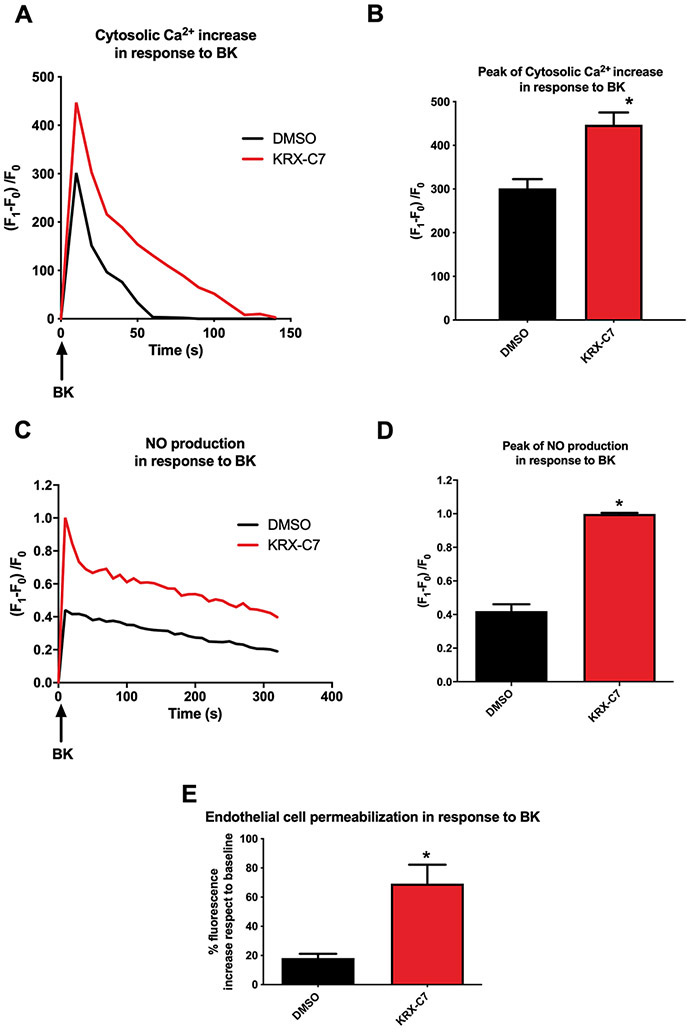Figure 1. Effects of GRK2 inhibition on functional endothelial responses to BK.

The kinetic of Ca2+ release in response to BK (30 nM), was evaluated in BAEC pre-treated with GRK2 inhibitor KRX-C7 (1 μM, 30 min) vs vehicle-treated cells (DMSO), showing a significant increase in BK-dependent Ca2+ release when GRK2 is inhibited. The image is representative of at least three independent experiments (A). The maximum increase of cytosolic Ca2+ concentration is represented as peak of fluorescence increase (DMSO 301.5 ± 21.21 vs KRX-C7 447.0 ± 28.28, t-test: p<0.001, n≥3) (B). NO production in response to BK (30 nM) was evaluated in BAEC pre-treated with KRX-C7 (1 μM, 30 min) or with vehicle (DMSO). BK-dependent NO production is significantly higher in presence of GRK2 inhibitor KRX-C7. The image is representative of at least three independent experiments (C). The maximum production of NO was represented as peak of fluorescence increase in response to BK (DMSO 0.420 ± 0.07 vs KRX-C7 0.998 ± 0.01, t-test: p<0.05, n≥3) (D). BK induced cell permeabilization was evaluated in BAEC pre-treated with KRX-C7 (1 μM, 30 min) compared to veichle treated cells, performing an in vitro permeability assay. Fluorescent Dextran was added to endothelial monolayer plated on the upper side of a double chamber system. The entity of endothelial permeabilization was determined measuring in the bottom chamber the fluorescence of Dextran that passed through the cell monolayer. The cell monolayer treated with GRK2 inhibitor displayed higher permeability in response to BK. The fluorescence is expressed as percent of increase in response to BK respect to baseline (DMSO 18.17 % ± 2.98 vs KRX-C7 69.15 % ± 12.97, t-test: p<0.05, n≥3) (E).
